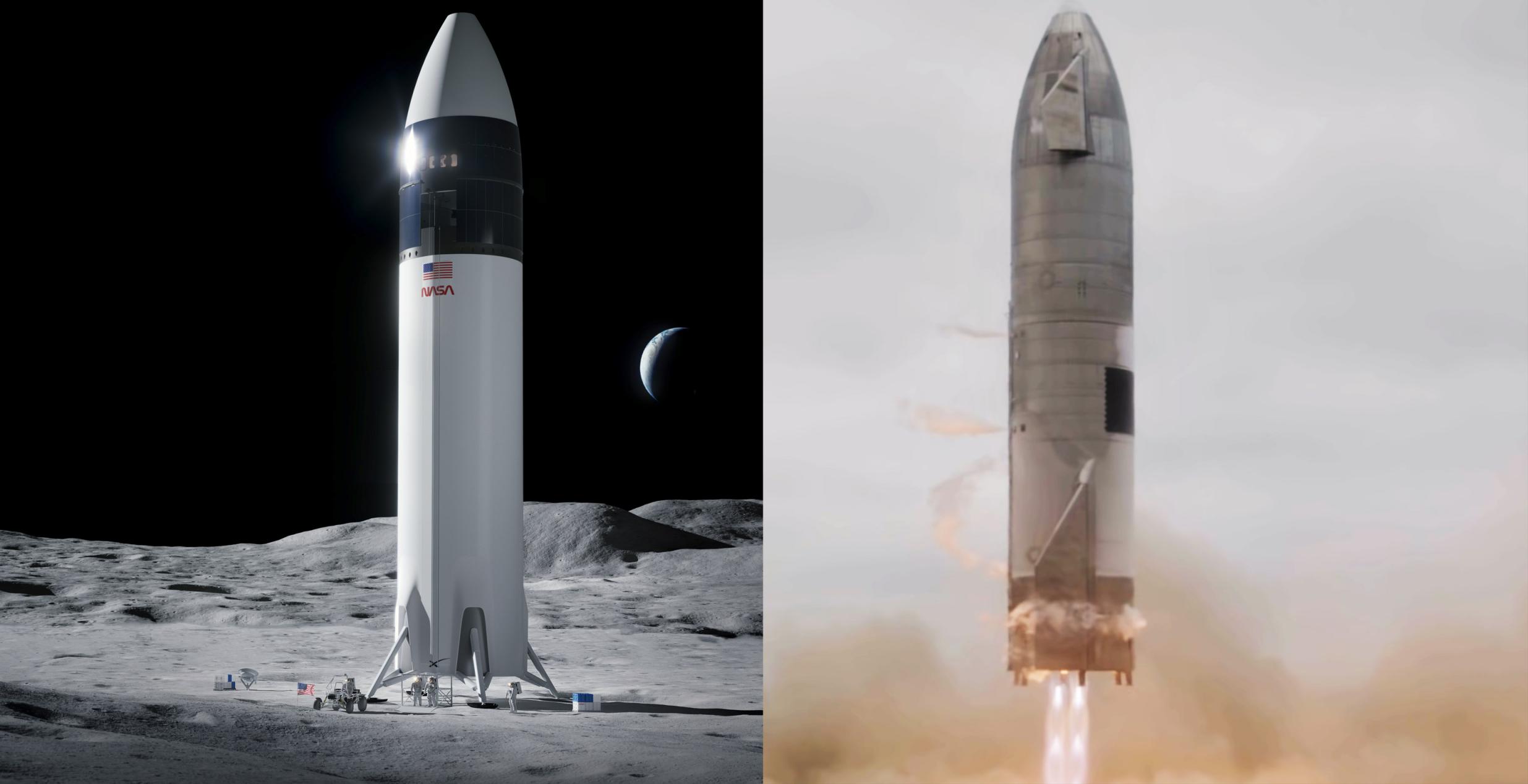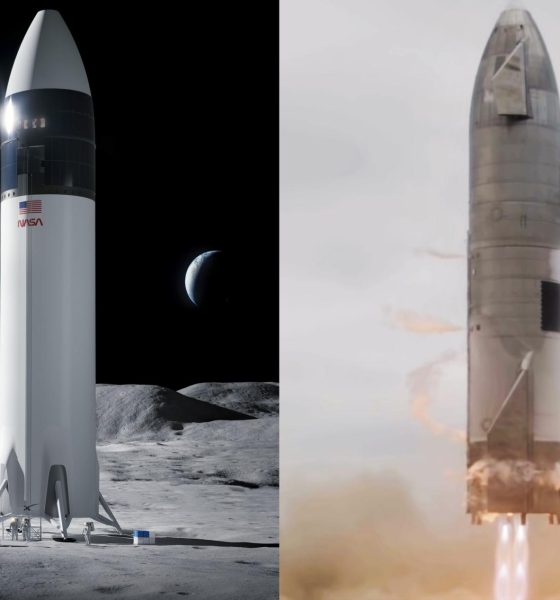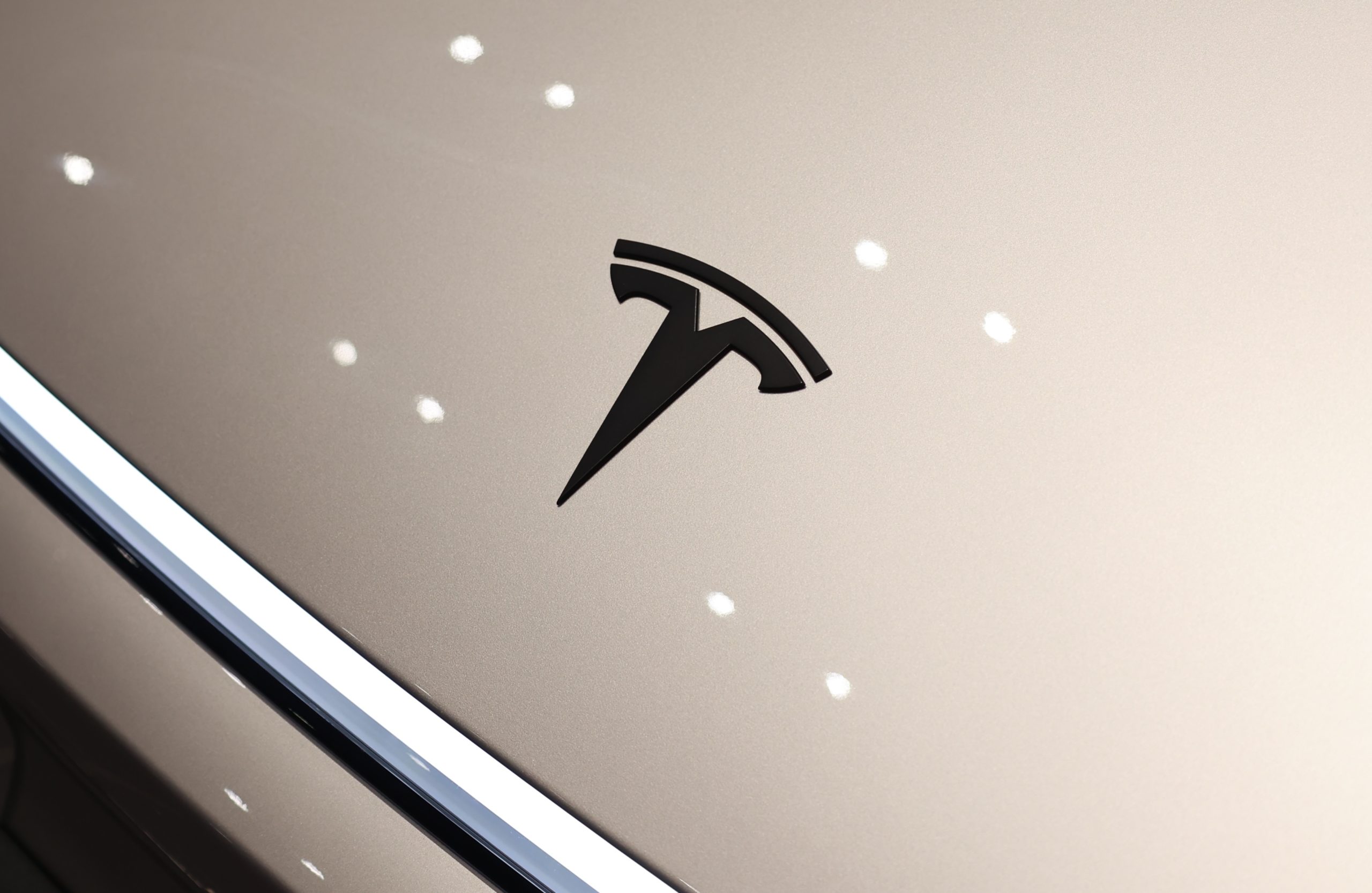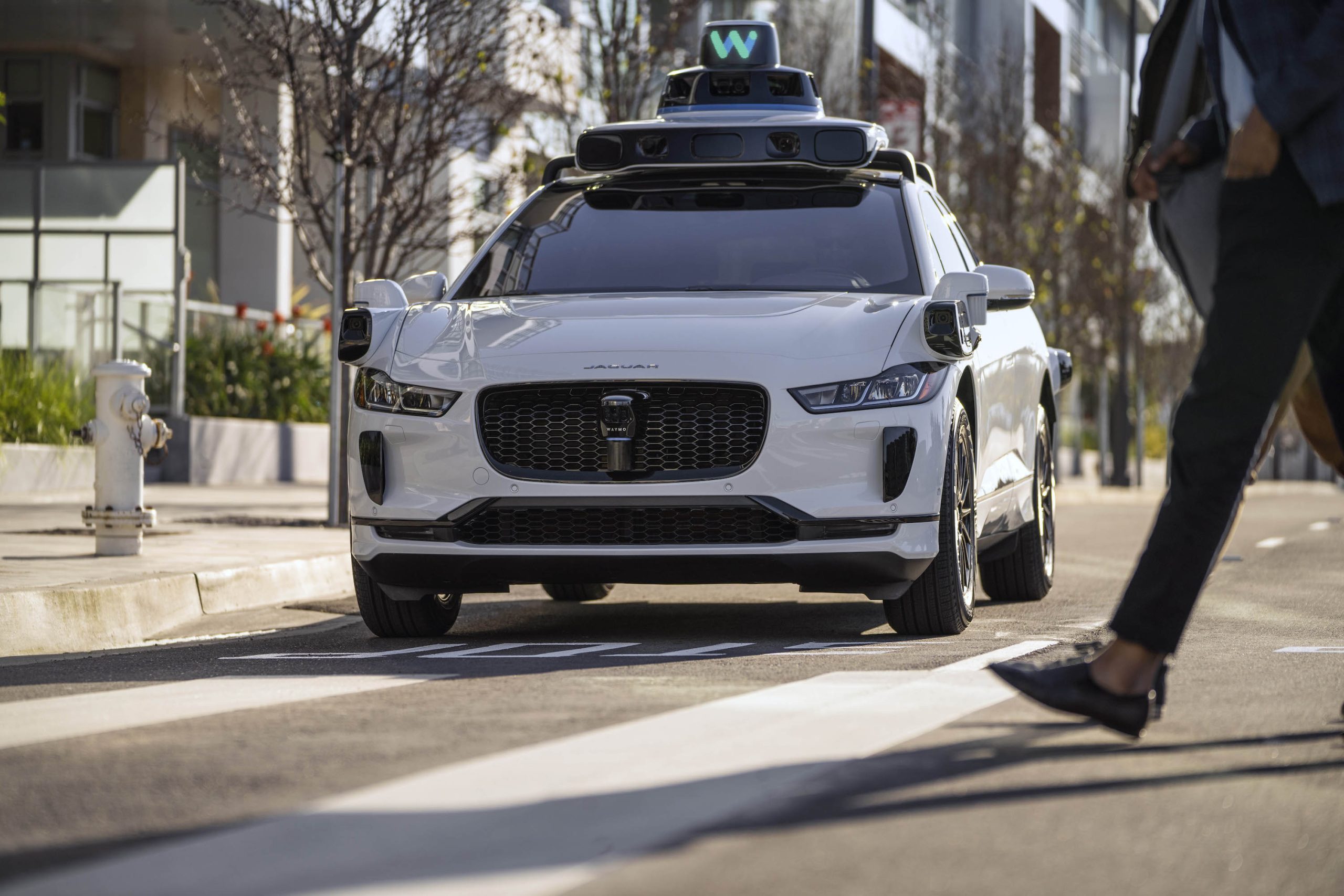

News
Blue Origin lawsuit forces SpaceX, NASA to stop joint work on Starship Moon lander
Days after Jeff Bezos space startup Blue Origin sued NASA over its decision to solely award SpaceX a contract to turn Starship into a Moon lander, it’s become clear that the space agency will again have to freeze work on the program.
Earlier this week, it was reported that Blue Origin had made good on a veiled threat to sue NASA over disagreements over the space agency’s latest Human Landing System (HLS) procurement decisions. Namely, NASA decided not to proceed with Blue Origin’s National Team Moon lander proposal, which was twice as expensive as SpaceX’s Starship proposal, less technically sound, and promised significantly less cost-sharing.
SpaceX, on the other hand, proposed to turn Starship into a safe, crew-rated, reusable Moon lander for about the same cost as Blue Origin’s proposal price: $6 billion, give or take. However, NASA says that the company offered to pay for more than half of the Starship Moon lander’s development, lowering NASA’s actual cost to just $2.9 billion. Coincidentally or not, $2.9 billion – with some minor concessions on when that funding would be dispersed to the HLS winner – would end up being almost exactly what NASA could afford over the program’s four to five-year lifespan.
As previously discussed on Teslarati, NASA repeatedly and explicitly warned all three HLS Option A competitors (SpaceX, Blue Origin, and Dynetics) that it withheld the ability to award as many or as few contracts as it wanted – including none at all. Ultimately, exactly as it had cautioned, NASA weighed the three proposals it received against its existing budget (a middling $850M of $3.4B requested in FY21) and selected just one – a proposal from SpaceX that was conveniently both the cheapest and most technically sound.
“The fixed-price [Starship] contract will cost NASA $2.9B over four or so years – narrowly within the space agency’s reach if Congress continues to appropriate around $850M annually ($3.4B over four years). The numbers are very simple. As GAO notes [in its protest denial], the Broad Agency Announcement (BAA) tool NASA used for its HLS Option A acquisition also explicitly allowed the agency to select as many or as few proposals as it wants, including none at all. In the lead-up to proposal submission, official NASA documents repeatedly cautioned as much, warning that the agency might not even award one contract depending on funding or the quality of proposals it received.
For Blue Origin’s lawsuit to succeed, the increasingly desperate company will have to convince a federal judge that basic realities and longstanding precedents of federal procurement – not just NASA’s HLS award to SpaceX – are flawed and need to be changed. The odds of success are thus spectacularly low. However, if the presiding judge allows the case to proceed and awards Blue Origin an injunction against NASA, it could force the space agency to cease work on SpaceX’s HLS contract for months and potentially freeze SpaceX’s access to the $300M NASA recently disbursed.”
Teslarati.com — August 16th, 2021
Unfortunately, just as speculated, Blue Origin’s lawsuit appears to have found just enough footing to disrupt the HLS program yet again. Thanks to the first protests of Blue Origin and Dynetics, NASA and SpaceX were forced to stop cooperative work on the Starship Moon lander for more than three months. Now, on August 19th, NASA reportedly “voluntarily paused” work on SpaceX’s HLS Moon lander contract and will continue to do so until November 1st – potentially adding another ~74 days to the 95-day delay Blue Origin’s meddling has already partially caused.
Schedule submitted jointly by all the parties today, and the judge’s order granting the schedule. pic.twitter.com/gyHS4R4j50— Joey Roulette (@joroulette) August 19, 2021
On its own, the announcement is already fairly bizarre. For unknown reasons, Blue Origin apparently agreed to “an expedited litigation schedule” in return for NASA voluntarily pausing work on SpaceX’s HLS contract. It’s unclear why any plaintiff that believes it has a strong case would allow an artificial limit to be placed on the amount of time available for litigation, but that’s exactly what Blue Origin has agreed to.
Per that “expedited schedule,” NASA’s voluntary work halt will end on November 1st after several scheduled rounds of motions and cross-motions from Blue Origin, SpaceX, and the space agency. It’s unclear when a ruling might be expected but the schedule published seems to imply that it would come sometime before NASA and SpaceX resume work.
It’s now increasingly likely that being forced to spend more than five months without the ability to seriously work or collaborate with SpaceX on its HLS contract will significantly delay NASA’s necessary contributions and thus humanity’s return to the Moon. Thankfully, as was the case with the initial 95-day delay caused by contract protests, no part of Blue Origin’s lawsuit will prevent SpaceX itself from continuing to develop Starship, though it almost certainly hampers the company’s ability to mature its Starship Moon lander design.
In the meantime, while Blue Origin busies itself with a general determination to disrupt NASA’s return to the Moon until it receives a slice of the pie its executives and owner feel entitled to, SpaceX will simply continue a full-court press towards Starship’s orbital launch debut and focus on building, testing, flying, and rebuilding the hardware that will return humanity to the Moon and, just maybe, revolutionize spaceflight as we know it.

News
Tesla (TSLA) receives “Buy” rating and $551 PT from Canaccord Genuity
He also maintained a “Buy” rating for TSLA stock over the company’s improving long-term outlook, which is driven by autonomy and robotics.

Canaccord Genuity analyst George Gianarikas raised his Tesla (NASDAQ:TSLA) price target from $482 to $551. He also maintained a “Buy” rating for TSLA stock over the company’s improving long-term outlook, which is driven by autonomy and robotics.
The analyst’s updated note
Gianarikas lowered his 4Q25 delivery estimates but pointed to several positive factors in the Tesla story. He noted that EV adoption in emerging markets is gaining pace, and progress in FSD and the Robotaxi rollout in 2026 represent major upside drivers. Further progress in the Optimus program next year could also add more momentum for the electric vehicle maker.
“Overall, yes, 4Q25 delivery expectations are being revised lower. However, the reset in the US EV market is laying the groundwork for a more durable and attractive long-term demand environment.
“At the same time, EV penetration in emerging markets is accelerating, reinforcing Tesla’s potential multi‑year growth runway beyond the US. Global progress in FSD and the anticipated rollout of a larger robotaxi fleet in 2026 are increasingly important components of the Tesla equity story and could provide sentiment tailwinds,” the analyst wrote.
Tesla’s busy 2026
The upcoming year would be a busy one for Tesla, considering the company’s plans and targets. The autonomous two-seat Cybercab has been confirmed to start production sometime in Q2 2026, as per Elon Musk during the 2025 Annual Shareholder Meeting.
Apart from this, Tesla is also expected to unveil the next-generation Roadster on April 1, 2026. Tesla is also expected to start high-volume production of the Tesla Semi in Nevada next year.
Apart from vehicle launches, Tesla has expressed its intentions to significantly ramp the rollout of FSD to several regions worldwide, such as Europe. Plans are also underway to launch more Robotaxi networks in several more key areas across the United States.
News
Waymo sues Santa Monica over order to halt overnight charging sessions
In its complaint, Waymo argued that its self-driving cars’ operations do not constitute a public nuisance, and compliance with the city’s order would cause the company irreparable harm.

Waymo has filed a lawsuit against the City of Santa Monica in Los Angeles County Superior Court, seeking to block an order that requires the company to cease overnight charging at two facilities.
In its complaint, Waymo argued that its self-driving cars’ operations do not constitute a public nuisance, and compliance with the city’s order would cause the company irreparable harm.
Nuisance claims
As noted in a report from the Los Angeles Times, Waymo’s two charging sites at Euclid Street and Broadway have operated for about a year, supporting the company’s growing fleet with round-the-clock activity. Unfortunately, this has also resulted in residents in the area reportedly being unable to sleep due to incessant beeping from self-driving taxis that are moving in and out of the charging stations around the clock.
Frustrated residents have protested against the Waymos by blocking the vehicles’ paths, placing cones, and “stacking” cars to create backups. This has also resulted in multiple calls to the police.
Last month, the city issued an order to Waymo and its charging partner, Voltera, to cease overnight operations at the charging locations, stating that the self-driving vehicles’ activities at night were a public nuisance. A December 15 meeting yielded no agreement on mitigations like software rerouting. Waymo proposed changes, but the city reportedly insisted that nothing would satisfy the irate residents.
“We are disappointed that the City has chosen an adversarial path over a collaborative one. The City’s position has been to insist that no actions taken or proposed by Waymo would satisfy the complaining neighbors and therefore must be deemed insufficient,” a Waymo spokesperson stated.
Waymo pushes back
In its legal complaint, Waymo stated that its “activities at the Broadway Facilities do not constitute a public nuisance.” The company also noted that it “faces imminent and irreparable harm to its operations, employees, and customers” from the city’s order. The suit also stated that the city was fully aware that the Voltera charging sites would be operating around the clock to support Waymo’s self-driving taxis.
The company highlighted over one million trips in Santa Monica since launch, with more than 50,000 rides starting or ending there in November alone. Waymo also criticized the city for adopting a contentious strategy against businesses.
“The City of Santa Monica’s recent actions are inconsistent with its stated goal of attracting investment. At a time when the City faces a serious fiscal crisis, officials are choosing to obstruct properly permitted investment rather than fostering a ‘ready for business’ environment,” Waymo stated.
News
Tesla FSD v14.2.2 is getting rave reviews from drivers
So far, early testers have reported buttery-smooth drives with confident performance, even at night or on twisty roads.

Tesla Full Self-Driving (Supervised) v14.2.2 is receiving positive reviews from owners, with several drivers praising the build’s lack of hesitation during lane changes and its smoother decision-making, among others.
The update, which started rolling out on Monday, also adds features like dynamic arrival pin adjustment. So far, early testers have reported buttery-smooth drives with confident performance, even at night or on twisty roads.
Owners highlight major improvements
Longtime Tesla owner and FSD user @BLKMDL3 shared a detailed 10-hour impression of FSD v14.2.2, noting that the system exhibited “zero lane change hesitation” and “extremely refined” lane choices. He praised Mad Max mode’s performance, stellar parking in locations including ticket dispensers, and impressive canyon runs even in dark conditions.
Fellow FSD user Dan Burkland reported an hour of FSD v14.2.2’s nighttime driving with “zero hesitations” and “buttery smooth” confidence reminiscent of Robotaxi rides in areas such as Austin, Texas. Veteran FSD user Whole Mars Catalog also demonstrated voice navigation via Grok, while Tesla owner Devin Olsen completed a nearly two-hour drive with FSD v14.2.2 in heavy traffic and rain with strong performance.
Closer to unsupervised
FSD has been receiving rave reviews, even from Tesla’s competitors. Xpeng CEO He Xiaopeng, for one, offered fresh praise for FSD v14.2 after visiting Silicon Valley. Following extended test drives of Tesla vehicles running the latest FSD software, He stated that the system has made major strides, reinforcing his view that Tesla’s approach to autonomy is indeed the proper path towards autonomy.
According to He, Tesla’s FSD has evolved from a smooth Level 2 advanced driver assistance system into what he described as a “near-Level 4” experience in terms of capabilities. While acknowledging that areas of improvement are still present, the Xpeng CEO stated that FSD’s current iteration significantly surpasses last year’s capabilities. He also reiterated his belief that Tesla’s strategy of using the same autonomous software and hardware architecture across private vehicles and robotaxis is the right long-term approach, as it would allow users to bypass intermediate autonomy stages and move closer to Level 4 functionality.








